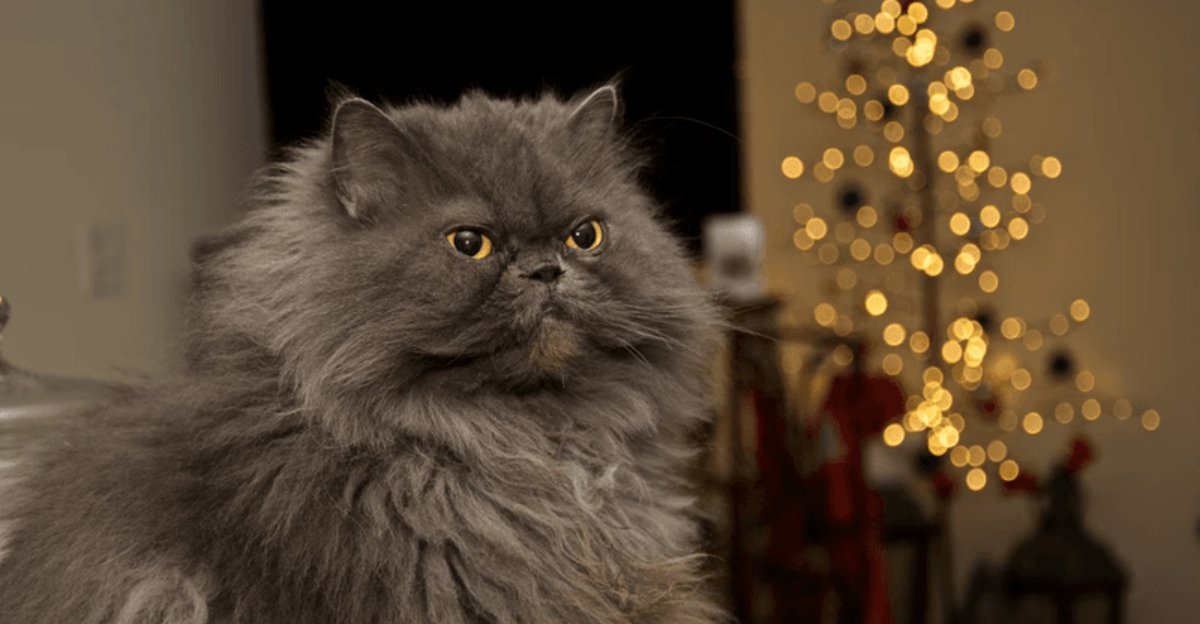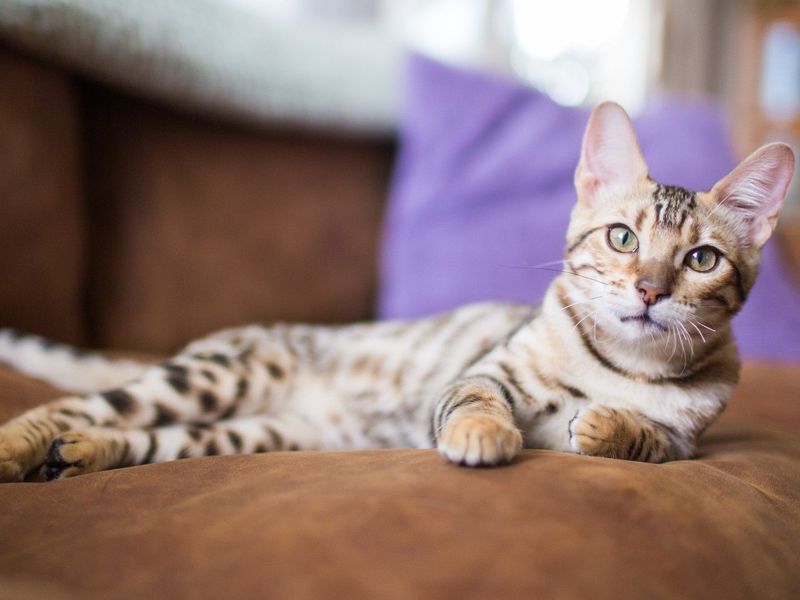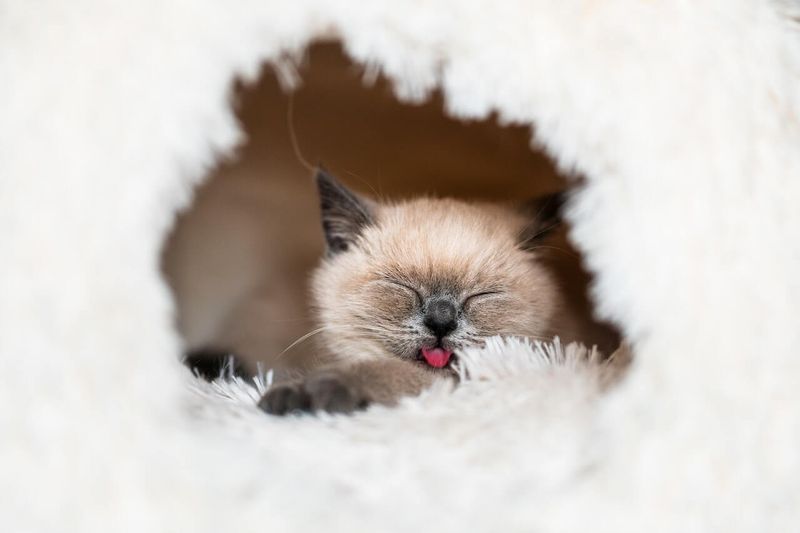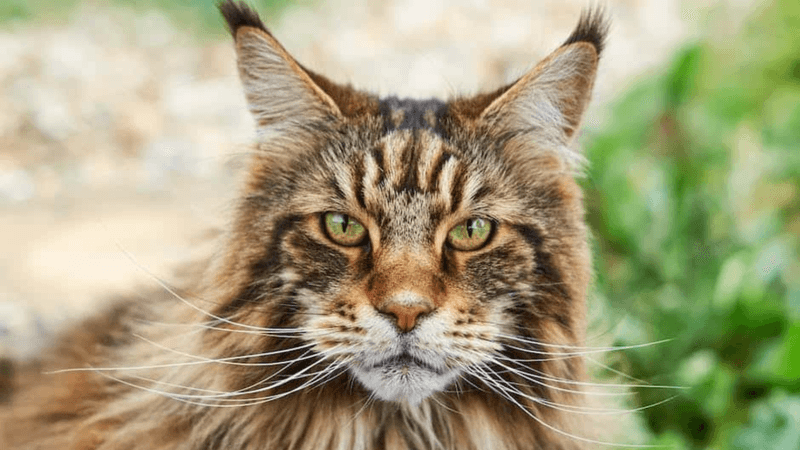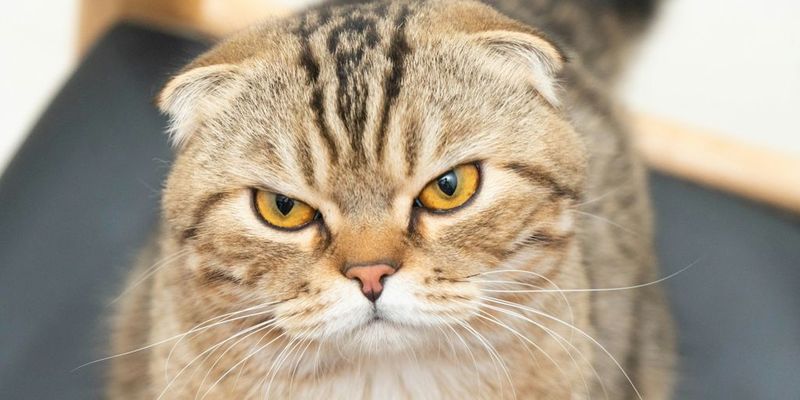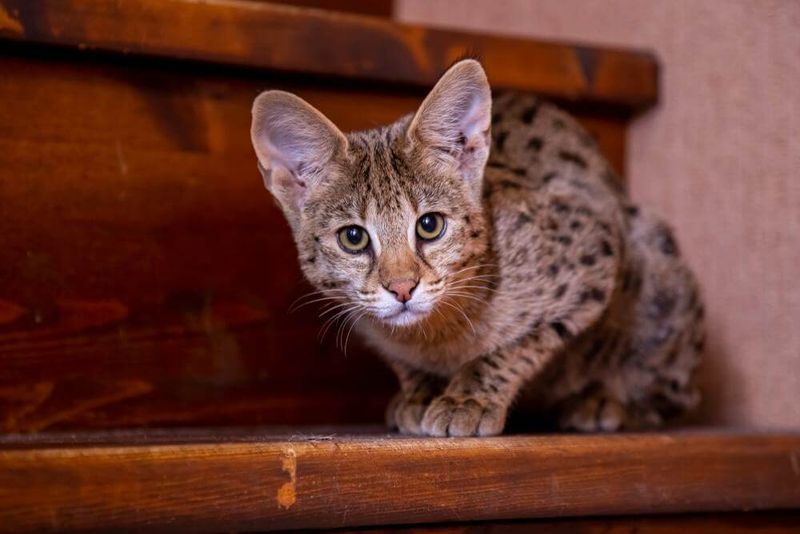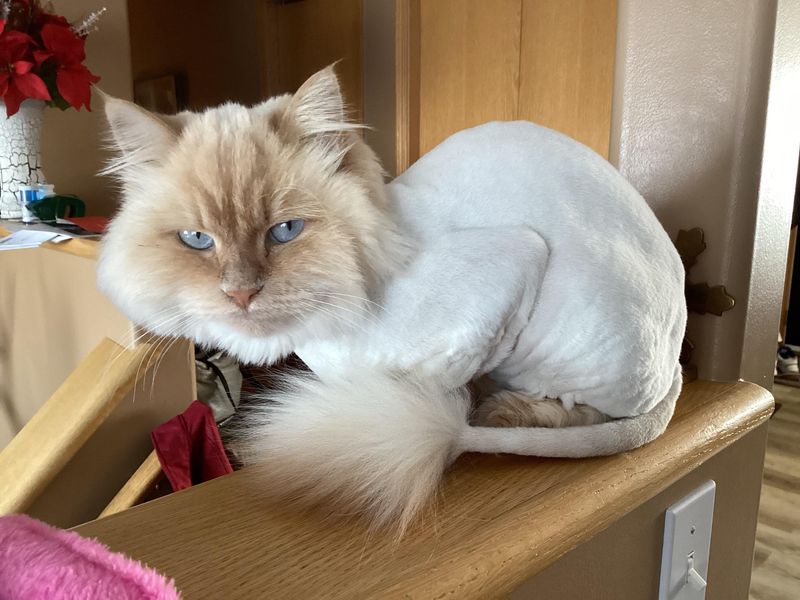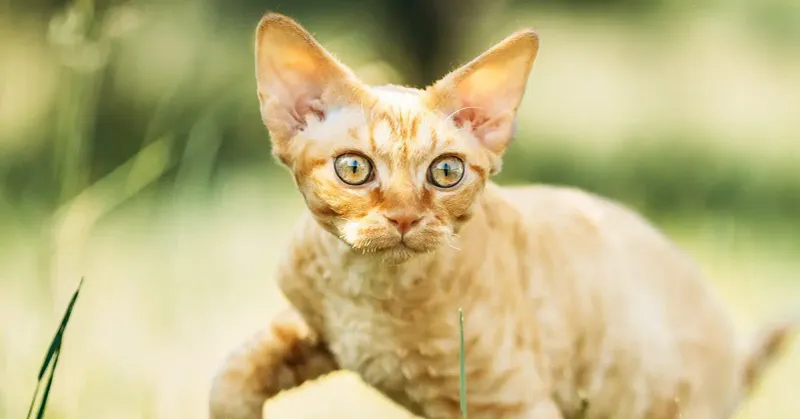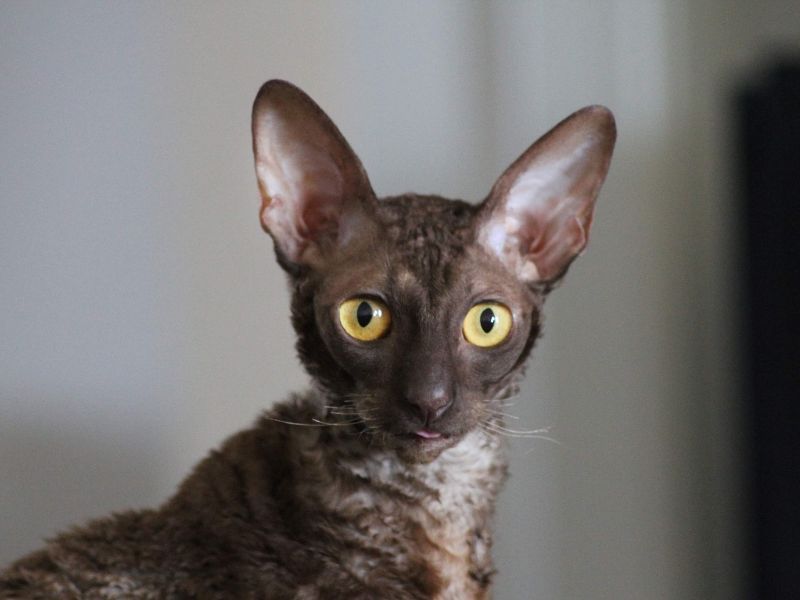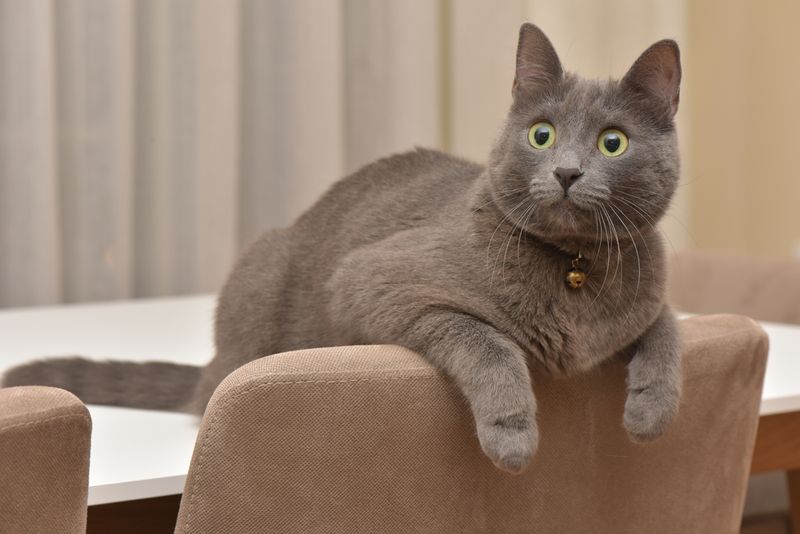📖 Table of Content:
Not all cats are created equal, especially when it comes to living harmoniously in family homes. While many cats make loving and low-maintenance companions, some breeds may bring unexpected challenges. Certain feline characteristics, such as excessive shedding or destructive behavior, can lead to chaos rather than comfort.
Research indicates that certain cat breeds are more likely to clash with family life. Their high energy, persistent scratching, or constant shedding can quickly turn a peaceful home into a frustrating environment. These traits can be difficult to manage, especially for busy households.
Before adopting a new cat, it’s important to consider how different breeds might affect daily life. Some cats, despite their charm, may require more attention, patience, and upkeep than others. Choosing the right breed can make all the difference in creating a happy and harmonious household.
1. Bengal
Bengals require constant stimulation due to their wild ancestry. These high-energy felines will climb curtains, knock over decorations, and create general mayhem when bored.
Sleep becomes a luxury with a Bengal in your home. Their vocal nature means they’ll meow loudly at all hours, especially early mornings when they decide it’s playtime.
Families with young children might struggle with this breed’s intense play style. Bengals don’t understand the concept of gentle interaction and may scratch or bite during playtime.
2. Sphynx
Owning a Sphynx cat comes with its own set of challenges, as their hairless bodies demand more attention than most other breeds. These cats need weekly baths to wash away oils that would otherwise mark your furniture and clothes.
Cold weather transforms these cats into heat-seeking missiles. They’ll burrow under your covers at night, climb into running dryers, or perch dangerously close to heaters, creating constant safety concerns.
Prepare for hefty vet bills with this breed. Sphynx cats are prone to heart problems, skin conditions, and dental issues that require specialized, expensive care throughout their lives.
3. Siamese
With a voice that could rival any opera singer, Siamese cats are impossible to ignore. Their loud, baby-like yowls echo through the house at all hours, day and night.
Territorial aggression makes Siamese cats challenging for multi-pet households. They frequently bully other animals, creating a stressful environment filled with hissing, scratching, and general discord.
Separation anxiety plagues this breed. Leave a Siamese alone for even short periods and return to destroyed furniture, stress-induced messes, and an emotionally distraught cat that punishes you with even more vocal complaints.
4. Maine Coon
Maine Coons shed massive amounts of fur that clings to everything. Despite daily vacuuming, your home becomes covered in a perpetual layer of hair that works its way into food, clothing, and electronics.
Their enormous size means they require extra-large litter boxes, specialty food, and jumbo-sized accessories. Standard cat products won’t suffice, forcing expensive specialty purchases that strain family budgets.
Food bills skyrocket with these giant felines. Maine Coons eat significantly more than average cats, sometimes rivaling small dogs in food consumption, making them financially burdensome for families on tight budgets.
5. Persian
If you’re considering a Persian cat, be prepared for daily brushing. Their thick coats tangle quickly, and without regular care, they can develop painful mats that lead to skin infections. These issues can get pricey, requiring veterinary visits to treat.
Breathing problems plague this breed due to their flat faces. The constant snoring, wheezing, and snorting disrupts household sleep patterns and often requires costly medical interventions.
Eye discharge creates constant brown streaks on furniture and walls. Persian cats’ facial structure causes excessive tearing that requires daily cleaning to prevent staining of household surfaces and development of skin infections around their eyes.
6. Scottish Fold
Scottish Folds suffer from genetic cartilage defects that cause lifelong pain. Their cute folded ears come with a cruel price: progressive arthritis that makes movement increasingly difficult and painful as they age.
Veterinary specialists become necessary as joint problems worsen. Regular households struggle with the specialized care and expensive treatments required to manage this breed’s inevitable health decline.
Ethical concerns arise with these cats, as research shows breeding them perpetuates suffering. Many veterinarians and animal welfare organizations now discourage ownership, creating guilt and social judgment for families who choose this breed.
7. Savannah
With the strength of a wild cat, Savannahs can quickly turn a peaceful home into a playground of destruction. Their impressive jumping ability means no shelf is safe, and their wild instincts drive them to knock over heavy furniture and tear through window screens. For those who love adventure, this breed comes with some serious power!
Legal issues complicate Savannah ownership. Many cities and neighborhoods ban these hybrid cats due to their wild ancestry, potentially forcing families to choose between their pet and their home.
The cost of these cats creates immediate financial strain. Initial purchase prices range from $1,000 to $20,000, followed by specialized diets, reinforced enclosures, and exotic vet care that few family budgets can sustain.
8. Ragdoll
Ragdolls lack basic self-preservation instincts, creating constant safety concerns. Their docile nature means they won’t defend themselves against other pets or flee from dangerous situations, requiring constant supervision.
Health problems plague this purebred line. Hypertrophic cardiomyopathy, kidney disease, and bladder stones frequently develop, resulting in heartbreaking medical decisions and expensive treatments.
Their size and long fur create maintenance nightmares. Ragdolls can’t properly groom themselves, leading to fecal matter stuck in fur around their hindquarters that transfers to furniture and carpets if not regularly cleaned by owners.
9. Devon Rex
These cats are little bundles of mischief, with an endless curiosity and a knack for getting into everything. Their intelligence and monkey-like agility mean no spot in your home is safe from their curious paws. They’re always on the hunt for their next adventure, no matter where it leads.
Skin problems plague this breed due to their unusual coat. Sunburn, acne, and greasy fur require special shampoos and frequent bathing, creating another household chore that few families have time to manage properly.
Food stealing becomes a constant battle with Devon Rex cats. They learn to open refrigerators, cupboards, and food containers, contaminating family meals and potentially ingesting harmful substances that lead to emergency vet visits.
10. Cornish Rex
The unique coat of this breed causes oils from their skin to be transferred to surfaces they come into contact with. As a result, furniture, walls, and clothing may develop greasy stains that require specialized cleaning products to remove.
Cold sensitivity makes these cats demanding housemates. Their minimal coat provides little insulation, causing them to seek warmth in dangerous places like inside dryers, behind refrigerators, or under car hoods.
Genetic health issues run rampant in this breed. Hypertrophic cardiomyopathy, patellar luxation, and umbilical hernias frequently occur, creating heartbreaking decisions between expensive treatments or euthanasia that devastate families emotionally and financially.
11. Abyssinian
Abyssinians require more attention than most families can provide. Their intelligence and energy level mean they become destructive without hours of daily interactive play.
Anxiety disorders develop frequently in this high-strung breed. Separation anxiety, compulsive grooming, and stress-induced aggression create challenging behaviors that disrupt family harmony and damage homes.
These cats climb everything, treating your home like a jungle gym. Curtains, bookshelves, kitchen cabinets, and even wall-mounted televisions become launch pads for their aerial acrobatics, resulting in broken valuables and dangerous falls.
12. Korat
With their strong loyalty to one person, these cats can create a rift in the household. They may ignore or act aggressively toward other family members, which often leads to hurt feelings. Children, in particular, may feel excluded when the cat bonds so strongly with one person.
Noise sensitivity makes Korats incompatible with normal family life. Vacuum cleaners, children playing, or even television sounds can trigger anxiety attacks that result in inappropriate elimination or destructive behavior.
Their intelligence creates surprising problems. Korats learn to open doors, manipulate latches, and access forbidden areas, making it nearly impossible to keep them out of spaces where they shouldn’t be.
